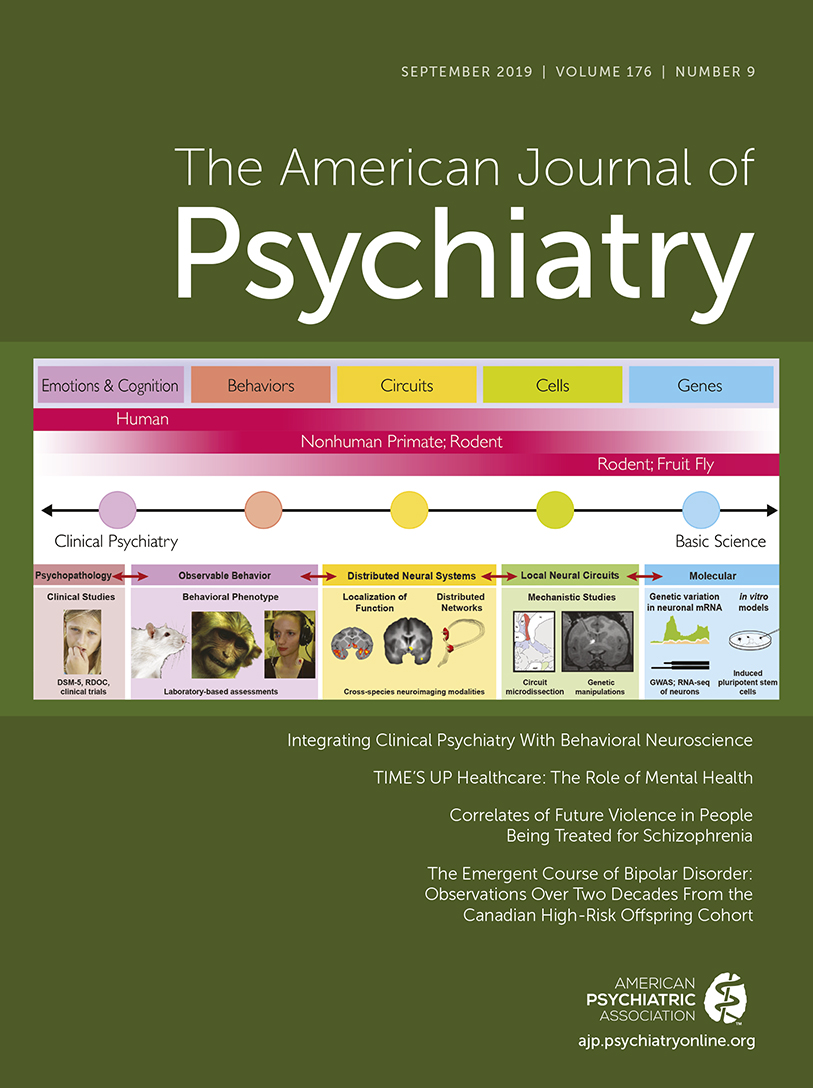Neurofunctional Domains Derived From Deep Behavioral Phenotyping in Alcohol Use Disorder
Abstract
Objective:
The authors evaluated whether three neurofunctional domains proposed to be critical in the addiction cycle, namely, incentive salience, negative emotionality, and executive function, could be identified through factor analysis of a deeply phenotyped clinical sample.
Methods:
Clinical, behavioral, and self-report measures of addiction, personality, cognition, behavior, and exposure to early-life stress were collected as part of a screening and natural history study of alcohol use disorders in 454 individuals representing the spectrum of alcohol use and use disorders. The multiple indicators, multiple causes (MIMIC) approach was used to identify significant predictors of the latent factors identified by the analysis.
Results:
The results showed significant support for both three- and four-factor models to explain biobehavioral variation in this sample of participants with alcohol use disorder and control subjects, but the three-factor model had the best fit indices. With some nuances, including cross-correlation (lack of independence) between the three factors, the factors corresponded to incentive salience, negative emotionality, and executive function (executive control). The MIMIC model revealed that both exposure to early-life stress and sociodemographic variables predicted these factors.
Conclusions:
These findings suggest that three correlated neurofunctional domains are relevant for alcohol use disorder. More work is required to validate and standardize measures of neurofunctional domains in alcohol use disorder, to extend these findings to other addictive disorders, and to relate variations in them to predisposition, clinical course, treatment response, neuroimaging data, and other psychophysical indicators.



